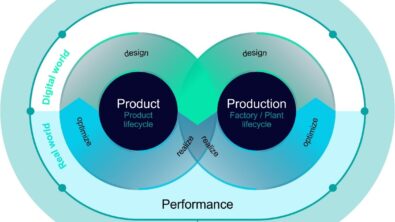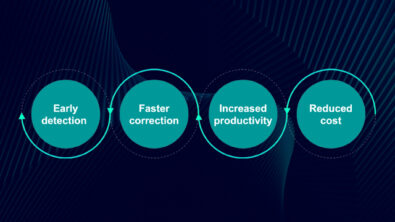How to be a hero in LVS debug
By Raghav Katoch, Mentor – a Siemens business
LVS debug got you down? Stuck at your desk trying to resolve shorts, or figure out and fix the root cause of those comparison errors? Anxiously watching that tapeout delivery date get closer and closer? Wish you had a little help?
(Hero music playing in background) Now, you too can stand tall and shout “I have the power!” (Or “It’s clobberin’ time!” if you prefer a more vigorous hero style). Whether you’re confronting shorts on a long power net, or debugging comparison mismatches, adopting the use of more effective and efficient debugging techniques available in the Calibre™ toolsuite can considerably reduce the turnaround time for clearing those LVS errors.
For example, now you can kick off a Calibre nmLVS™ run with short isolation enabled, which generates a database containing a comprehensive list of all the shorts in your layout. With that database, you can use the Calibre RVE™ interactive short isolation (ISI) debug flow to systematically debug the shorts in a progressive order, starting with the most critical shorts first, without the need for full LVS runs. Faster than a speeding train? You bet!
And those comparison mismatches? How about fix suggestions that can help you perform detailed error analysis more quickly by suggesting the likely reason for a discrepancy? No secret decoder ring needed—the plain text description helps you move quickly and accurately to the right resolution.
You don’t need a cape or a mask to be an LVS debug hero (although, for the record, wouldn’t that be awesome?!?). If you want to learn more about the details of these techniques, download our white paper, Improving productivity with more efficient LVS debug, and start becoming your own legend today.



